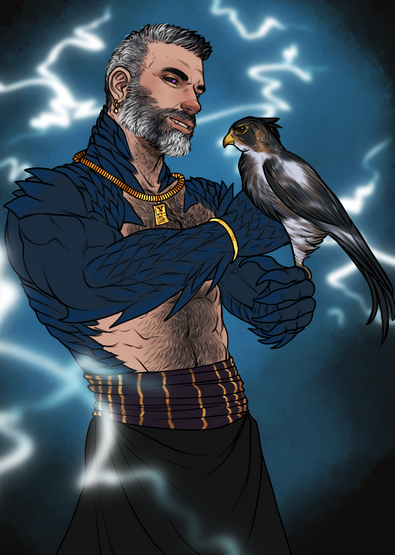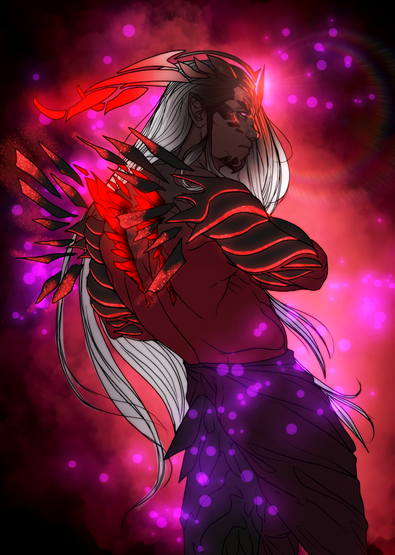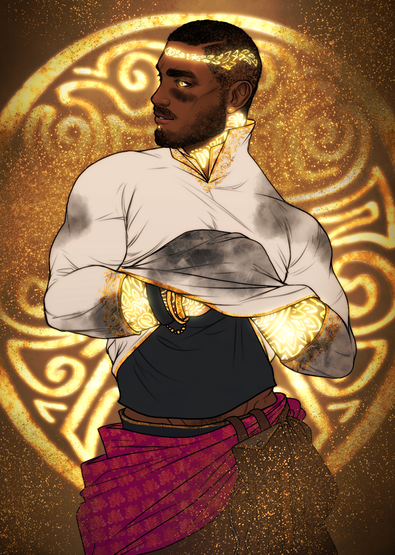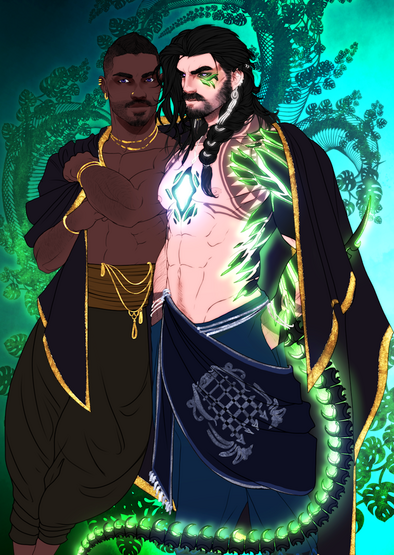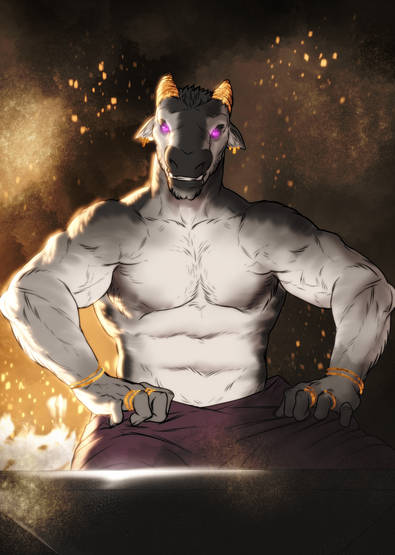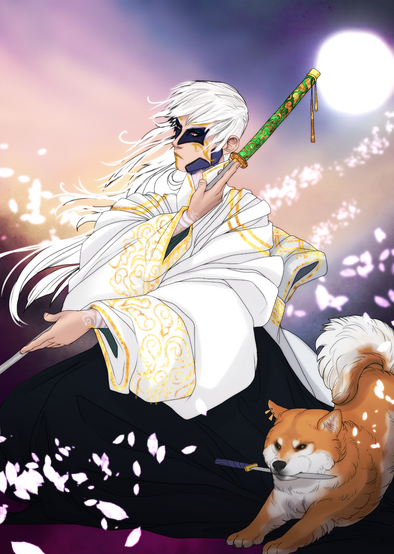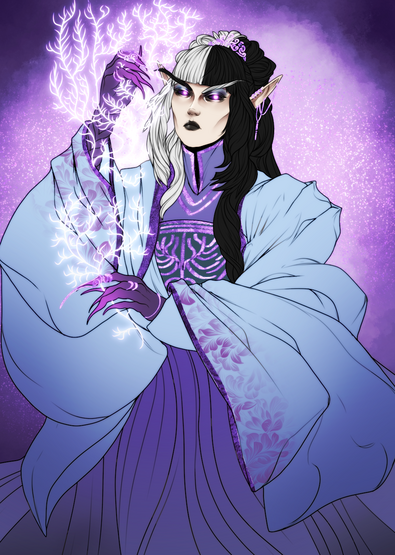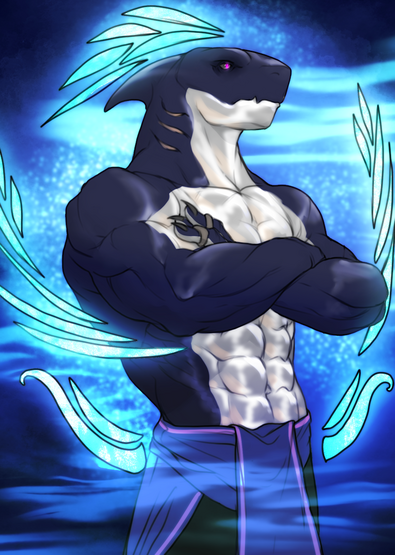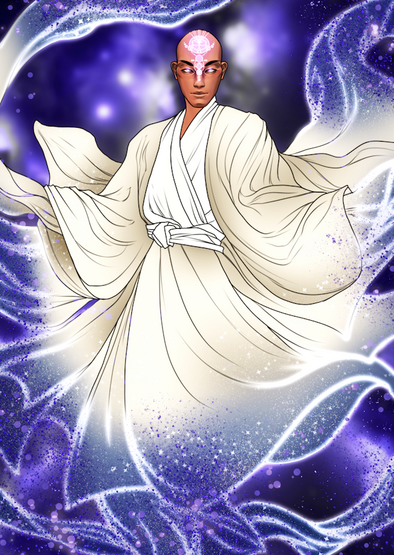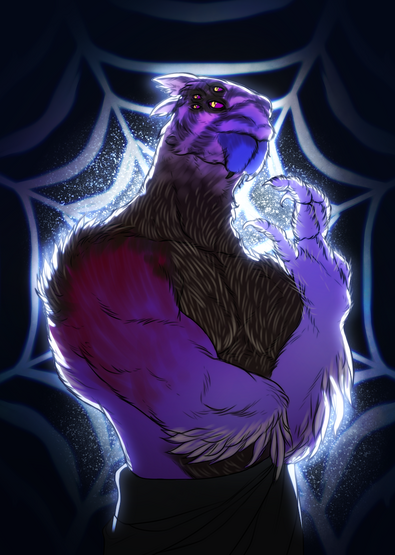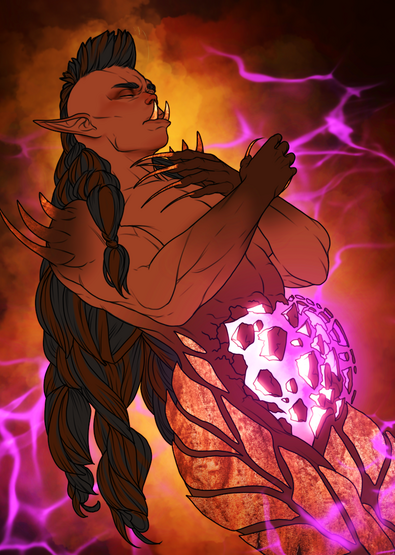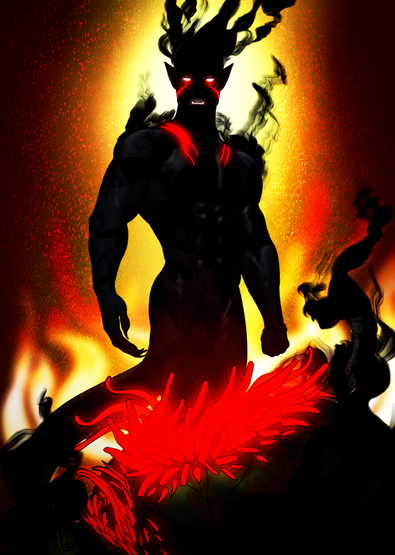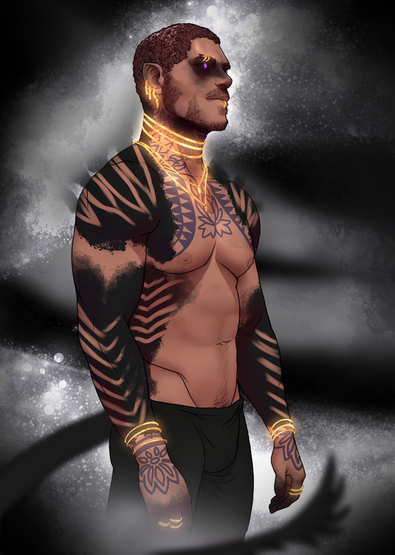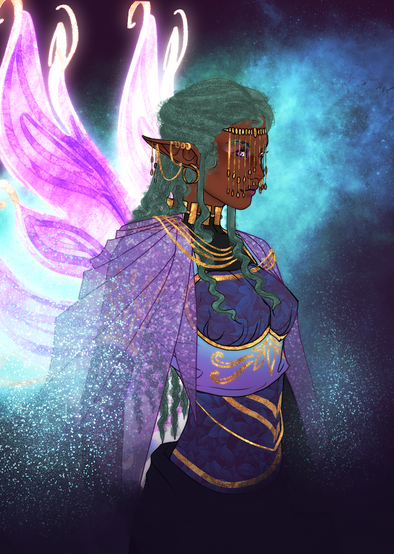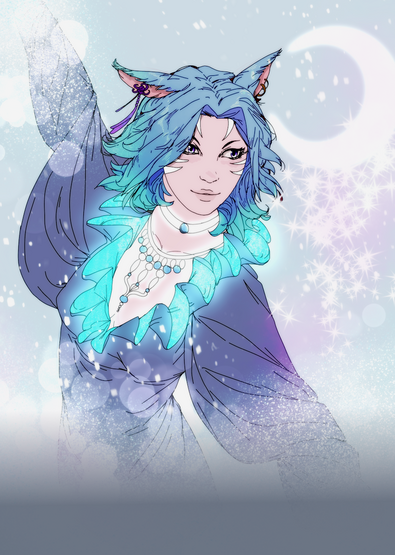More actions
The Dragon Gods of Consolidation
- Regulus Regulus is the King of Dragons, the leader of the entire pantheon, and the mediator between the various Dragon Gods and their realms. While this is his primary function, Regulus is also a Time Dragon who controls the flow of time, and rain and thunder across Aloria. He is traditionally associated with lightning and blue scales. Regulus once lived as a mortal Prince of the Regalian Empire, but was discovered to carry the Dragonsoul that sparked the revival of the Dragons.
- Triton Triton is the Dragon of War, but imprisoned in the Void as an Evolist God also. When Caius entered the Void upon its first opening, his soul was split in two, the other half being Triton that embodied his rage for revenge and conflict. Triton was re-admitted into the Dragon Pantheon despite his Void-corruption, and eventually took on the role of the martial Dragon who represents all soldiers and warriors and military conflict. He is associated with chains and black scales.
- Marik Marik is the Dragon of Leytech or more broadly speaking technology. He is the original creator of the Leylines and the Leysites, ancient Dragon ruins and temples which hold great Draconic Magic and machinery to serve their cause. Marik was tricked by the Machinist Death God to cause the destruction of the Skyborn Empire in the Great Storm, and since being reborn, has been working to mend the conflict between Skyborn and Dragonkin. He is associated with machines and bronze scales.
- Gaia Gaia is the Dragon of Nature who creates all plantlife. Gaia was killed by the Allorn Empire, but his Dragonsoul was preserved and merged with the ex-Death God Iorwerth who would then carry his power as penance for his role as Death God. Iorwerth also brings architecture and construction to Gaia's powers, and has become a symbol of redemption. While he is traditionally associated with indigo scales and flora, due to his Ordial corruption he also shows Death Metal and Ordial hues.
- Silas Silas is the Dragon of shaping, making, and crafting. He inspires the combination and processing of raw materials into objects of beauty and function, and it is said the first swords of any civilization are forged inspired by his scales. Silas seeds the world with precious minerals and holds the Dragonforges from which the machine parts are produced which Marik builds his machines out of. Silas is associated with the fires of industry, metallurgy, and his silver scales.
The Dragon Gods of Annexation
The Dragon Gods of Succession
- Mana (pronounced ma-naa) is the Goddess of nature and kindness. She represents the whole of the natural world in all its beauty and plant-life. All the trees, all the flowers, and even the grassfields are given nurture by her will. But she is also the Godddess of kindness and compassion, hers is the perfection of empathy that wishes for a kindness received for each given. Seen as the mother of the Yanar people, Mana suffered in the fall of the Allorn Empire greatly to a weakened state.
- Aseia (pronounced a-say-a) is the God of knowledge and Magic. They are the all-knowing of the Gods, who holds deep ancient secrets and arcane power. They are the perfection of the Arcane, teaching that all must seek some knowledge, understanding, or use of Magic, and to be completely devoid of any insight in the matter, is a great personal failing. They also preach for the perpetual training of the mind, to always be learning new things, and to absorb new concepts and literature.
- Artarel (pronounced ar-ta-rel) is the Goddess of Justice and Law. The laws and codes of the Allorn Empire were made by her will, and first to be perverted by her enemies when the Empire declined. Artarel is the perfection of justice, a cruel but just sense of cosmic rightness, that all the stars will not shine brightly until all injustices are excised from the world. She preaches that all followers bear common responsibility for the fair treatment of all, and equality at the end.
- Ammuloa (pronounced amuu-loa) is the God of the dead and the afterlife. He ordains the burial rites and teaches the priests the dogma of the faith. He represents the perfection finality, that all good things must come to an end, and that all bad things must also. He preaches a drive in the faithful to seek enlightenment, or achievement, or service before it is all too late and their soul is lifted onto the perfected balance where he measures their worth for the afterlife, or reincarnation.
- Avinla (pronounced avin-la) is the goddess of life and the motherhood. She represents the future of the people and is the patron of all children and parents who foster new life. She is said to breathe the perfection of enduring into every newborn, to create joy, happiness, and to please the self. To Avinla, life is a gift that must be experienced, and she endears a curiosity for that beyond the familiar, and a wanderlust to those trapped by the confined. Avinla is currently in a death-slumber.
